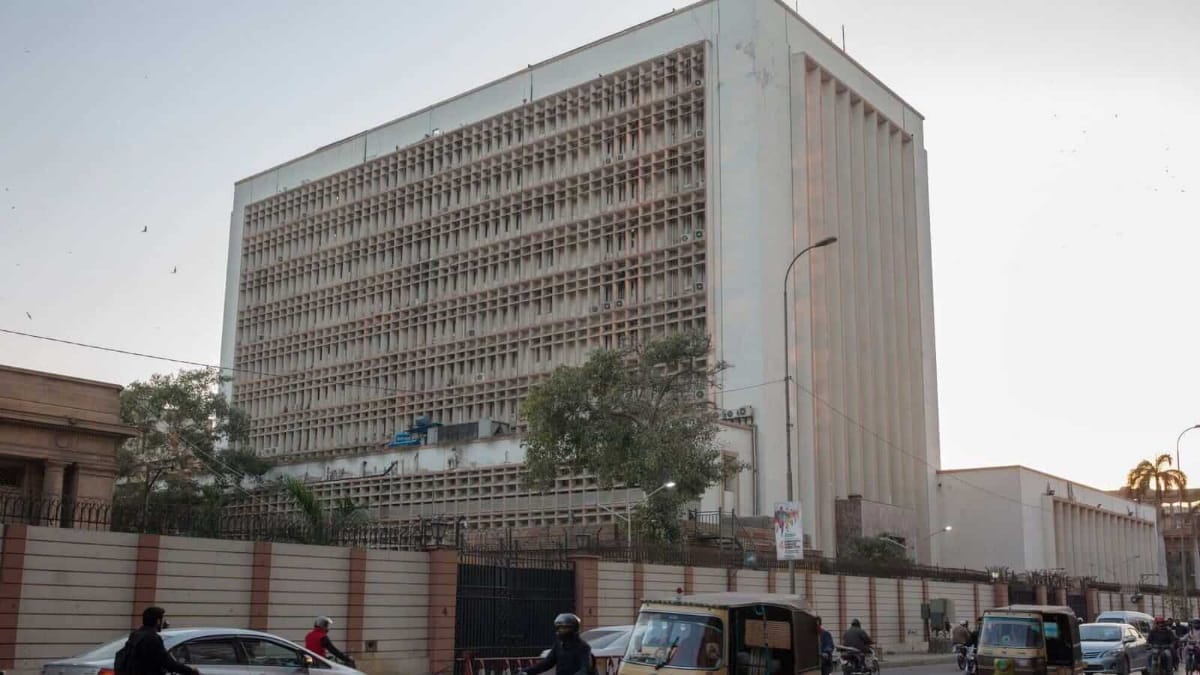The first seven months of Fiscal Year 2023 saw a 44% decrease in foreign direct investment (FDI) in Pakistan, according to the Pakistani financial daily newspaper Business Recorder. Business Recorder reports that the State Bank of Pakistan (SBP) said on Monday that FDI into the nation totaled USD 683 million from July to January of FY23 as opposed to USD 1.22 billion during the same period of FY22 (FY22). FDI inflows totaled USD 1.178 billion and outflows USD 493 million during this time.
However, on an annual basis, FDI performed better and increased by 100% in January 2023. In January 2023, FDI was USD 221.5 million, up from USD 110 million in January 2022, with USD 244.3 million in inflows and USD 22 million outflows. Leading the FDI surge in February was a sharp decline in investment outflow and a boom in foreign inflow.
According to State Bank, net foreign portfolio investment experienced negative growth over the first seven months of this fiscal year, with outflows totaling USD 14 million. The total amount of foreign investment, which includes FDI, portfolio investment, and foreign public investment, decreased by 118% during the time period under consideration. According to Business Recorder, total foreign investment in the nation decreased by USD 341.4 million between July and January of FY23 compared to an investment of USD 1.875 billion during the same period of FY22.
According to a recent report by the South Asia Press, Pakistan is currently in its most challenging situation in the last 20 years. The report also stated that the nation’s resources have been depleted as a result of the country’s economic crisis, political unrest, and increasing number of terrorist attacks in its northwest. Furthermore, the paper claims that the public is directly impacted by the nation’s economic decline. The South Asia Press stated that the country’s planning commission, agricultural, food, livestock, and fisheries sectors lost USD 3.7 billion in the floods, with long-term losses predicted to be USD 9.24 billion. The cash-strapped government was already struggling with a huge debt load.
According to the research, the country’s inflation rate in December 2022 was 24.5%, nearly doubling the 12.3% rate from the previous year. The report also stated that the ordinary people were most negatively impacted by the high flour prices during the nation’s worst-ever food crisis.
Balochistan, Sindh, and Khyber Pakhtunkhwa provinces have all experienced widespread grain and flour stampedes. Experts worry that the crisis would soon include basic necessities like fuel products.
The International Monetary Fund (IMF) managing director Kristalina Georgieva said the funding organisation has urged Pakistan to take action to be able to function as a nation and avoid getting into a risky situation where it needs debt restructuring. This was according to The News International, a Pakistani newspaper.
“For the people of Pakistan, my heart breaks. One-third of the country’s population was impacted by the floods, which have left them in ruins “Georgieva noted in a Sunday interview with a global channel.


